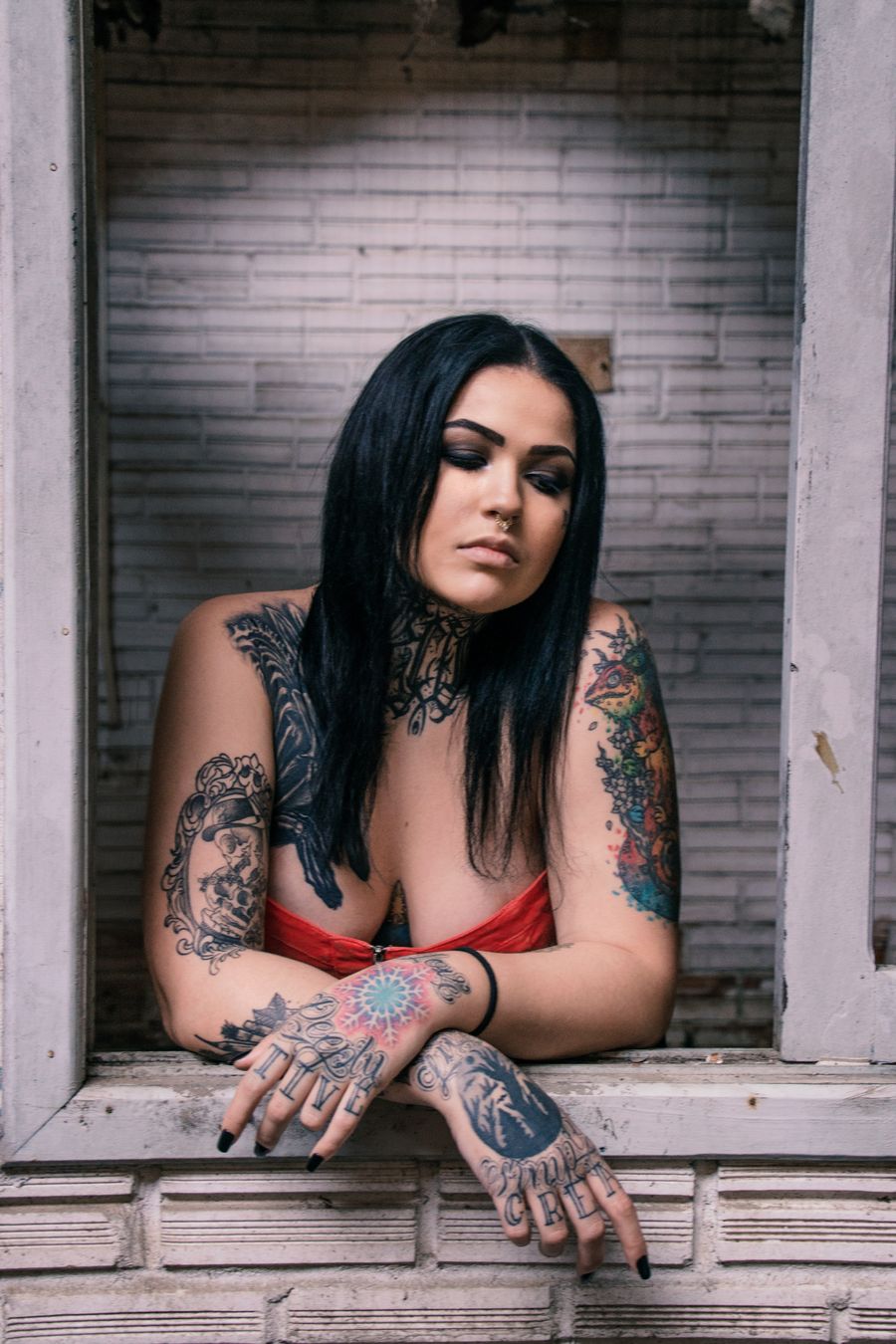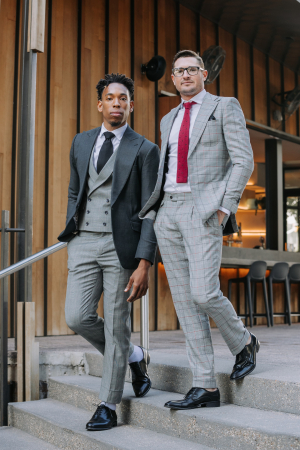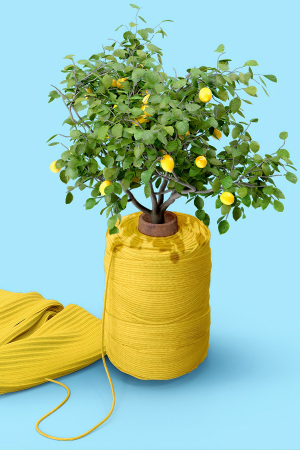Friday, 06 November 2020 09:11
Mens Fashion Trends For 2020 And Beyond
As the weather turns and this rollercoaster of a year comes to a close, we’re choosing to look back on the good and onwards to the future.
Published in
Fashion
Tagged under
Tuesday, 22 September 2020 15:59
The Fashion of Body Modification
There was a time, barely a couple of decades ago, that many of the body modifications that are popular today were somewhat frowned upon in so-called polite society. Some were deemed within the bounds of acceptability - a tame piercing or two. Yet, tattoos were still treated with an air of taboo; a secret indulgence that most in the mainstream of society shared only with their closest friends. Thankfully, this is less the case today.
We tend to better understand that to modify one’s body is not to sully it but to celebrate it. When we also look at the historical context of body modifications, we can see that they have often bridged beauty with cultural significance. They say something about who we are and the time we live in. As is the case with most forms of fashion.
We’re going to take a closer look at the fashion of body modification today. How does it fit into our lives, and what hurdles do we still struggle to overcome? Where are trends likely to travel in the near future?
Tattoos
 Pexels
Pexels
Tattoos
 Pexels
PexelsThough tattoos have become popular in recent years, they can still be the object of controversy. Many of us consider them as a deeply personal, creative way to collect art on our bodies, but some employers still regard them as a sign of unprofessionalism. It seems strange today that one should have to disguise their personal art to get a job. Still, our choice of fashion when approaching potential employers is important, and could still see us discriminated against. Alongside finding the right business casual clothing, or layering to appear professional while not overdressed, it is often recommended that we cover our tattoos for job interviews.
That said, it is becoming increasingly accepted that tattoos are something to be cherished and collected. Much like we’d invest in artwork for a gallery wall in our homes, body art is a way to engage with creative works that also helps to tell the story of our personal journeys. The artwork we merge with our bodies says something about who we are at specific times. Our understanding and acceptance of tattooing have also helped to support a thriving tattoo industry. Artists are getting their own TV shows and attaining similar wealth and standing to their fine art contemporaries.
As we look to the future of tattooing, it’s worth considering where our creativity could take us. We are already beginning to see tattooing being used to alter the colour of our eyes. The process, known as keratopigmentation, began as a clinical procedure to improve sight issues such as photophobia. However, it is slowly being accepted for cosmetic procedures. Whether this permanent change will catch on remains to be seen, particularly when coloured contact lenses can provide temporary change without such drastic, irreversible steps. Perhaps we’ll start to see contacts as the “testing” step before committing to full alteration, much as some people do with temporary or henna tattoos.
Piercings
 Pexcels
PexcelsPiercings have long been the most common and socially accepted form of body modification. There have certainly been times in recent history when anything other than an ear-piercing was considered to be rather shocking. However, sometimes it takes a shift in culture or a celebrity adoption to open the door. A depiction of Alicia Silverstone getting a navel piercing in the video for Aerosmith’s Cryin’ in 1993 helped to spark a trend for body piercing in the mainstream.
Today, piercing allows for another form of expressing our creativity. Cartilage piercing, in particular, allows us to not just wear jewellery through the piercing itself but position our piercings to connect them using chains and other adornments. Popular too at the moment are plugs and flesh tunnels. This sees the piercing stretched every 6-8 weeks by inserting a larger gauge of plug. We can trace the roots of this method back to the ancient Egyptian New kingdom; another example that to push fashion forward, we must explore our past.
They can also have an effect on our day-to-day wellness. Acupuncture has long been used to treat ailments by putting pressure on specific trigger points. In the same way, those experiencing migraines have begun to use daith piercings to alleviate their symptoms. Targeted on the fold of cartilage just above the ear canal, studies have shown that patients reported improvements after getting the piercing. However, researchers also reported that there is a possibility this is due to the placebo effect.
The future of piercing is probably less likely to be a case of “what else can we pierce” than an exploration of how we can be more creative. While we’ve all become used to the quick piercing stores in the mall, some companies are planning to provide a more nuanced experience. New York-based startup Studs has introduced an “Ear Bar” approach, encouraging consumers to create a unique “earscape” using combinations of piercings. This kind of experiential approach is increasingly in demand with upcoming generations and could well spell the way forward.
Biohacking
As with any fashion, body modifications tend to reflect the times. We can’t ignore the fact that one of the defining characteristics of our present era is ubiquitous and often wearable technology. Subsequently, we are starting to see the worlds of body modification and smart gadgets collide.
Biohacking is gradually gaining in popularity. The intention is to improve the natural characteristics of the body with tech modifications. Some of these are purely to enhance sensations - such as inserting magnets into the skin under the fingertips to feel fields of energy. Others have a more practical purpose. RFID chip implants can be loaded with data such as security or bank information that allow users to enter electromagnetically locked doors, or pay for items with a swipe of their hand.
A U.S.-based magician, Anastasia Synn, has 28 chips and magnets implanted throughout her body. She uses these to enhance her magic act but has also ostensibly programmed them to also to perform various household tasks and interact with Wi-Fi and Bluetooth. As such, biohacking may well be the form of body modification that connects us more meaningfully and viscerally to the way we live our lives. While these body mods are done with largely practical purposes in mind, we’ll likely soon see more for purely aesthetic or creative purposes.
Conclusion
Body modification has been a part of our culture throughout history. Today, we see piercing and tattoos as fashionable aspects of our everyday lives. New modifications, such as those used in biohacking, are quickly joining them as ways for us to enhance our bodies for aesthetic and practical reasons.
Published in
Blog
Monday, 20 July 2020 16:43
Benefits Of Participating In Sustainable Fashion
The fashion industry is flashy, exciting, and always evolving. However, while the cut of a blouse or the length of a hemline may change over time, there is one tenet of fashion that always remains the same: sustainability.
Published in
Fashion
Tagged under



